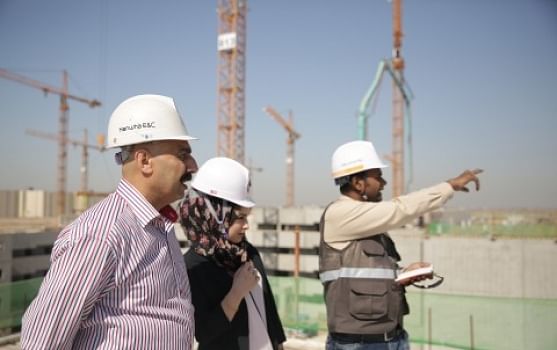Localization: why machines will never replace human translation professionals

So many companies have announced that they have ‘mastered’ machine translation over the past few years that the very notion is now treated with skepticism – and for good reason! Machines cannot translate as well as humans. A bold claim, but one that stands up when you compare translations undertaken by the two.
When the original machine translation was produced in the 1950s, as a result of the Georgetown experiment, the leading experts in this emerging field believed that it would take between three and five years for machine translation to equal the quality of human translation. However, following the successful machine translation of 60 or so sentences from Russian to English in 1954, the goal of achieving perfect machine translation has so far proven unattainable.
It’s not for the want of trying. Countless dollars have been invested in the concept, with everyone from major tech companies to innovative startups seeking to be the first to produce truly accurate machine translation.
Neural networks and deep learning have certainly brought us closer in recent years. Microsoft was delighted to announce recently that it had reached human parity on a sample set of 2,000 sentences taken from online newspapers. Yet nobody has truly mastered perfect machine translation.
Nor are linguistic concerns the only issue. If/when machines are able to reliably translate as competently as humans can, with the nuance and finesse that humans bring to the craft, localization will still be an issue.
Localization involves applying expert knowledge to the content of a document to ensure that it is appropriate for the intended audience. The process takes account of everything from historic events to religious beliefs, as well as cultural considerations. Professional localization experts amass such knowledge as part of their upbringing and the work they undertake. Tasking a machine with gathering such knowledge is one thing, but asking it to apply that knowledge sympathetically to a translated document is a whole other ballpark – and one that is likely to be just as tricky to crack as machine translation.
There are also issues when it comes to tasking machines with translating documents such as audio and video files. Video translation usually starts with transcription of the file. Expecting a computer to undertake such a task accurately, then produce a flawless, timestamped translation, complete with the flagging up of any issues that may be deemed culturally insensitive, is unlikely to happen any time this decade!
All of this adds up to a continuing need for the skill of human translators – so if you have a business translation need, don’t leave it up to the machines!
CATEGORIES
STAY INFORMED
Subscribe to receive all the latest updates from Tomedes.
© Copyright 2007-2022 TOMEDES. All Rights Reserved.


Post your Comment